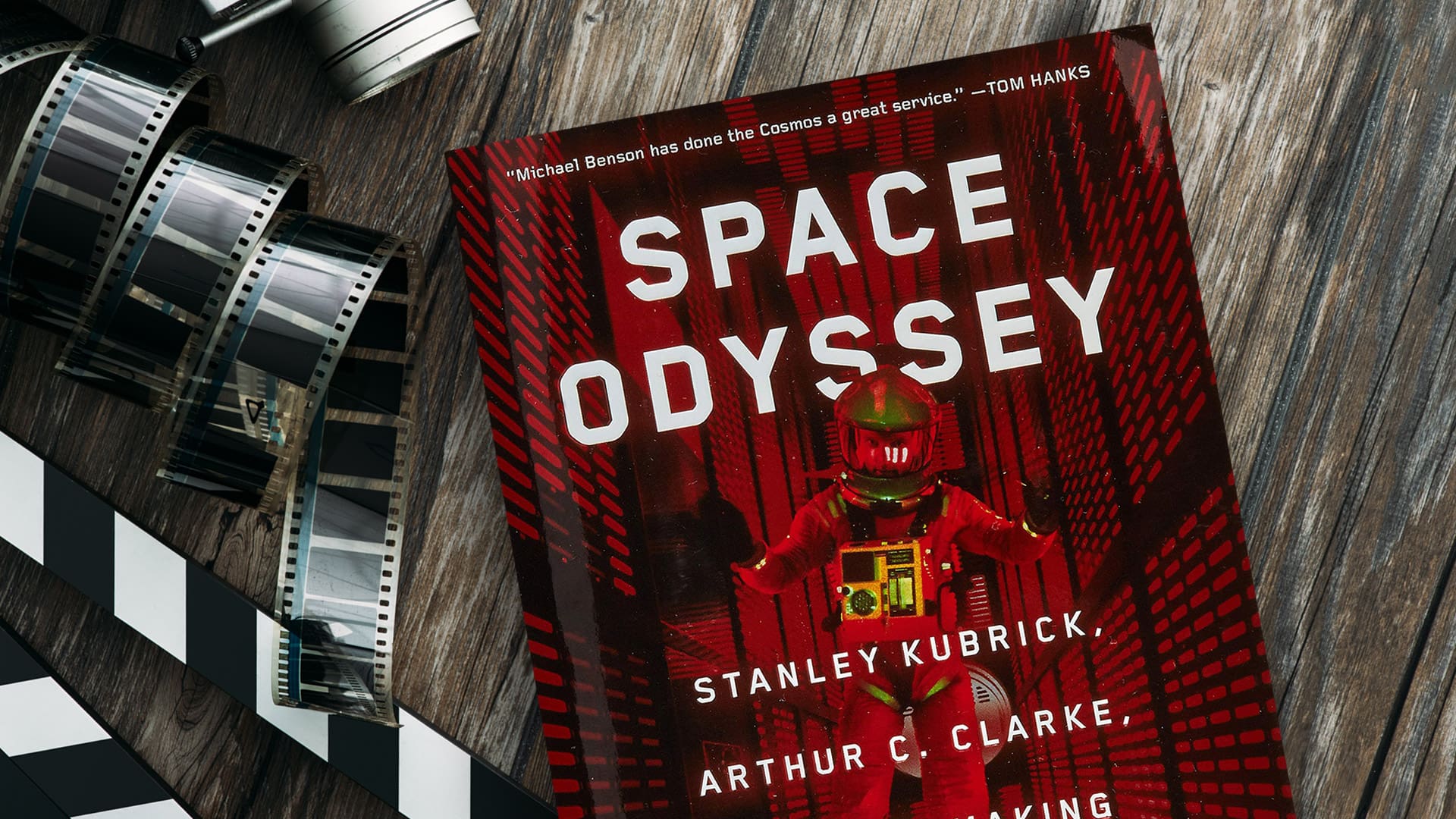Space Odyssey: Stanley Kubrick, Arthur C. Clarke, and the Making of a Masterpiece
by Michael Benson
Recently having read Michael Benson’s Space Odyssey, I was expecting to find incredible behind-the-scenes stories, tales of heroism and, hopefully, a glimpse into the mind of a genius filmmaker. It delivered all of this and more, but what I was most struck by was how much trust there was. Stanley Kubrick is known for many things, but his trust and belief in the people he came across is what I was left with more than anything. This trust provided an unbreakable resilience and good thing, too. He and his team failed over and over again in making 2001: A Space Odyssey.
That’s right, Stanley Kubrick failed – not just once but many times.
However, instead of giving up, he had such a monumental belief in himself and the people he surrounded himself with that he overcame all obstacles and, in the end, created magic. He always set out to elevate a genre; to examine it in granular detail with a real sense of purpose and seriousness. He was constantly experimenting and exploring. There’s real evidence that he was able to keep a multitude of plates spinning and somehow bring them all together – and in doing so create something not seen before. He only did this by believing; he was ready to fail and was willing to keep going whatever happened, as he had an unfaltering sense that in the end he would arrive at his destination. He achieved this with trust.
Trust your instincts
2001 has stood the test of time because it strove to be the best of the best. While there was an idea, a seed of a concept, there certainly was not a detailed plan of everything that needed to be achieved. Nothing like it, as he and his team of collaborators were often in the dark. Not only that, but as the project developed so did his ideas. He was constantly open and receptive to organic change. Whatever felt like it would improve the project, he would do. It was like going on an adventure where the map took its time to reveal how to get there – wrong turns and blind alleys were just part of the process to discover how to get it right.
Trust the process
He succeeded by trial and error – to keep doing things over and over and over and over again – if they weren’t good enough, he simply scrapped them and started again. Most others would have collapsed under this weight of ‘failing’. Add to this the pressure from the studio, who were getting very nervous as costs far exceeded the original budget. Throughout all he maintained his belief that he was doing the right thing. In the end the film was overbudget, late, and initial reception was negative. Most didn’t understand what they were seeing. However, in the end it did deliver excellent box office numbers and he created art that we’re still discussing 50 years later.
Trust people
Kubrick also entrusted people who didn’t necessarily tick a job role or title. Often there wasn’t even really an existing category for what he needed people to do. He often met someone and in a very short space of time got a measure of them – trusted them and believed in them. He would then give them immense responsibility very early on, although part of the deal was that if it wasn’t exactly right he wasn’t afraid to scrap everything and start again. For many, the process at the time could be incredibly frustrating and yet no matter what happened his collaborators all seemed genuinely inspired and grateful to have worked with him. Most even saying years later that it became the project they were most proud of.
I’ve watched 2001 many times and admired Stanley Kubrick for years. But this book has done a rare thing – it has elevated and increased my respect and interest in a 50-year-old film. It has made a 1968 film new again – I can’t wait to watch it again and again and again…

